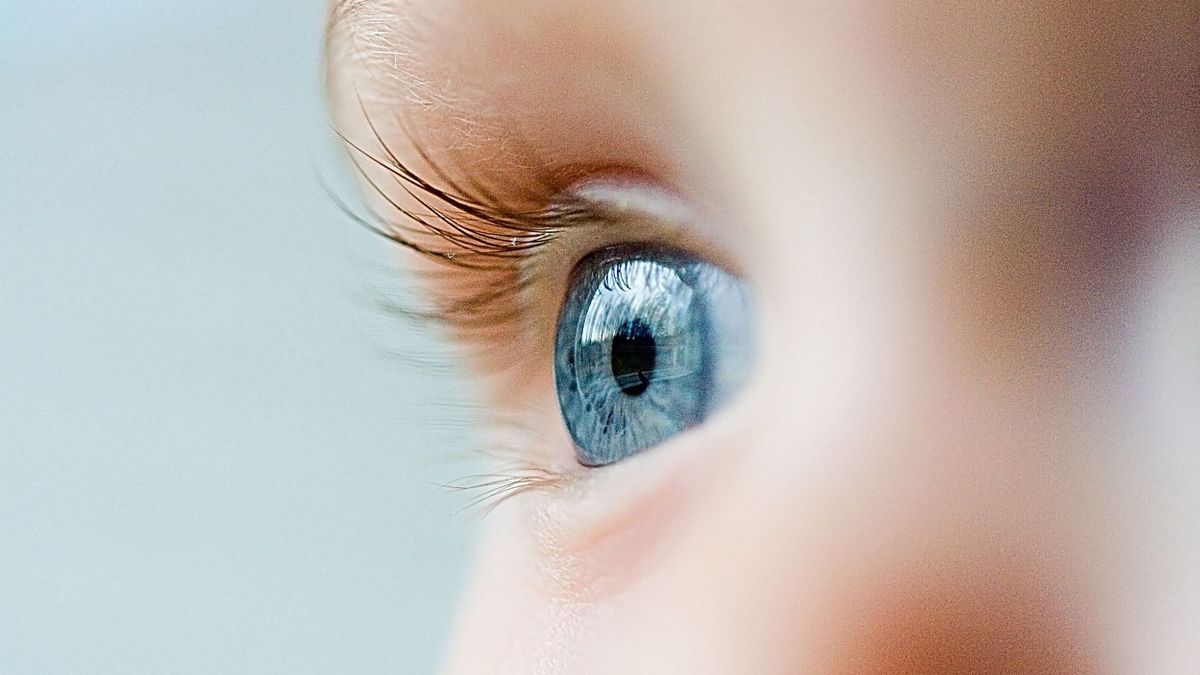
Danielle Prior saved the life of her 11-month-old daughter, Evie, after noticing her eye was giving off a white reflection in a flash photo. This “leukocoria” is the sign of a rare eye cancer that affects very young children, retinoblastoma.
The courage of a little girl in the face of the injustice of eye cancer
Danielle Prior saved her 11-month-old daughter’s life when she noticed her eye glowed differently in a photo taken with an unusual flash and blur in her eyes. The 30-year-old woman called her general practitioner and had an appointment within the hour to carry out additional tests and examinations for her little girl.
View this post on Instagram
After a red reflectance test, the child was referred to an ophthalmologist. She then underwent exploratory surgery under general anesthesia which confirmed grade D retinoblastoma (which corresponds to an advanced stage). Evie had to undergo six cycles of intra-arterial chemotherapy (a concentrated dose of chemotherapy delivered directly into the eye). Despite this grueling treatment, the cancer was still present. His parents chose to continue treatment and thus avoid an operation to remove his eye – the option in many cases, but one that would be too risky for the child in this case. His daily struggle is relayed on his Instagram account.
View this post on Instagram
Today Evie is in remission with checks every 6 weeks from the Royal London Hospital.
White reflection in the eye in photos with flash? It’s an emergency !
Retinoblastoma is a rare eye cancer that affects very young children, before the age of 5. Hereditary or not, unilateral or bilateral (affecting one or both eyes, more often before one year), there are around sixty cases per year in Europe.
As with little Evie, it is most often diagnosed by leukocoria, that is to say a white reflection of the pupil in certain lighting (it can be seen on photos taken with a flash). “Very often, it is the parents who will detect this sign without it being able to be noted by the doctor during the consultation. But this sign must be taken very seriously into consideration and prompt consultation with an ophthalmologist.” explained Dr Isabelle Aerts, pediatric oncopediatrician at the Institut Curie, a reference center for the diagnosis and treatment of this disease. Other symptoms can also occur such as the persistence of a strabismus or, more rarely, signs of redness around of the eye or a change in the color of the eye.
As such, the Retinostop association works to promote early detection and better knowledge of this disease, through various actions such as the awareness spot below.
Treatment depends on the damage (unilateral or bilateral), the number of tumors and their location. Depending on these parameters, different treatments may be offered:
- Conservative treatments (which allow the eye to be preserved): intravenous chemotherapy, laser treatment, intra-arterial chemotherapy;
- Enucleation (surgery which will remove the eye) for some children which is hard to accept but which will help cure children who cannot benefit from conservative treatments.
For 25 years, chemotherapies and local treatments (by laser) have made it possible to reduce enucleations and radiotherapy, which until now were often necessary to treat these patients.
To find out more about this disease, discover our article “Retinoblastoma: arterial chemotherapy helps preserve the eyes of affected children”.
